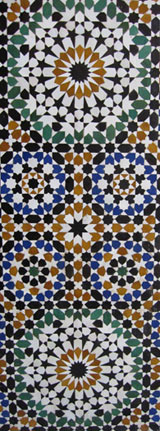FAQ
What does a typical session look like?
Sessions are based around the needs of the individual child or young adult. Each session starts with a hello song and ends with a goodbye song. Some songs and musical activities are highly structured, while other improvisational musical experiences are more open ended. My song repertoire includes self-composed songs as well as a wide variety of popular tunes. Parental involvement varies, depending on individualized treatment goals. Some parents join us for the last 10-20 minutes, some for the whole session, while others do not participate, but are briefed at the end of each session.
How long are the sessions at the San Rafael clinic?
The in-clinic session length ranges from 30 minutes to 2 hours. For most children 2 to 5 years old, a 50 minute session is appropriate. For children 6 years and older, an additional 15 minutes or more may be recommended based on their individual needs. I typically like to spend a few minutes talking with the parents or caregivers following the session.
How long are sessions at home?
For children 5 years old and younger, home sessions are typically 60 minutes in length. The 60 minutes is broken down to 5 to 10 minutes for set up, a 45-minute session, and 5 minutes to break down. For children 6 years old and older, the typical session length is 75 minutes. For a child of any age, the session length depends on the needs of the child and can vary between 1 to 2 hours.
What is ABA?
ABA, or Applied Behavior Analysis, is the science of improving socially significant behaviors by systematically applying techniques and strategies based on the principles of behavior.
How do you integrate ABA in your approach?
I use Applied Behavior Analysis as part of my theoretical foundation when I am working with a client, but do so from an engagement-based developmental perspective. I am mindful that communication is a two-way street, placing a high priority on following the child’s lead and attentional focus, while supporting their bids for communication and interaction.
What is Neurologic Music Therapy?
Neurologic Music Therapy (NMT) is the therapeutic use of music to address cognitive, sensory, and motor dysfunctions due to neurologic causes. It is based on a neuroscience model of how music can influence changes in the nonmusical brain and functional behaviors. Treatment techniques are based on scientific research and are focused on functional therapeutic goals.
What types of instruments do you use?
I typically use drums, guitar, piano, and xylophones in my sessions. I have a large selection of African drums and ethnic percussion instruments, a few stringed instruments, and a keyboard. I also have a variety of children’s instruments and noise makers. I use an ipod to play prerecorded music as well as accompaniment and rhythmic patterns.

